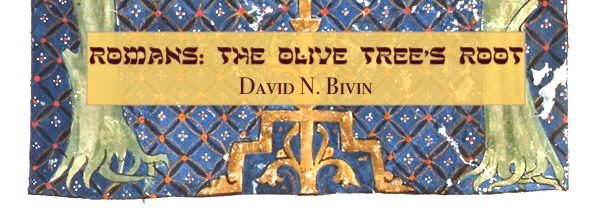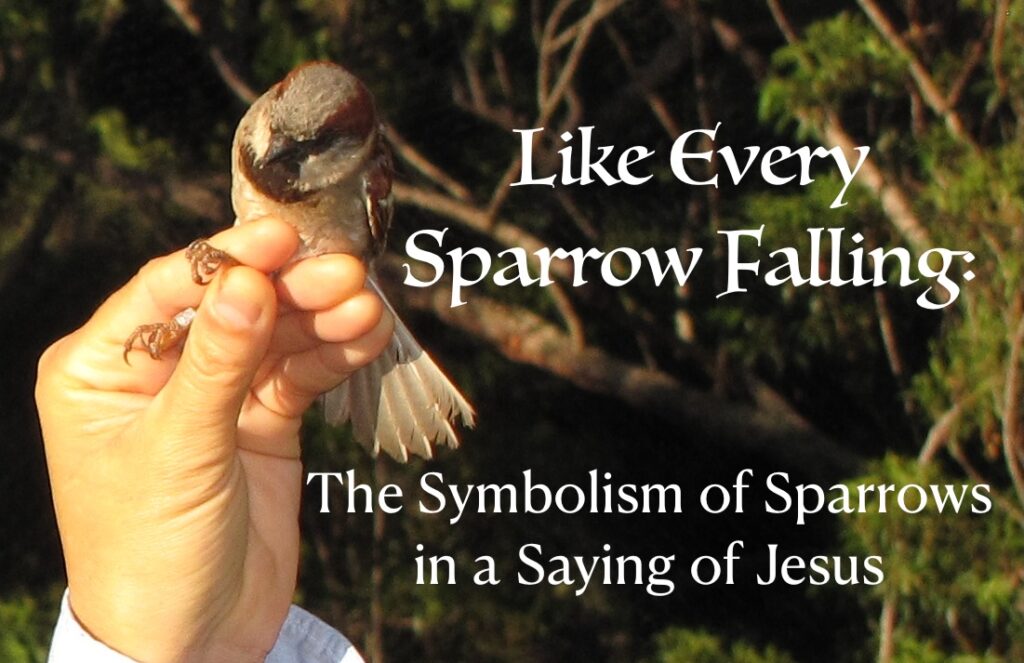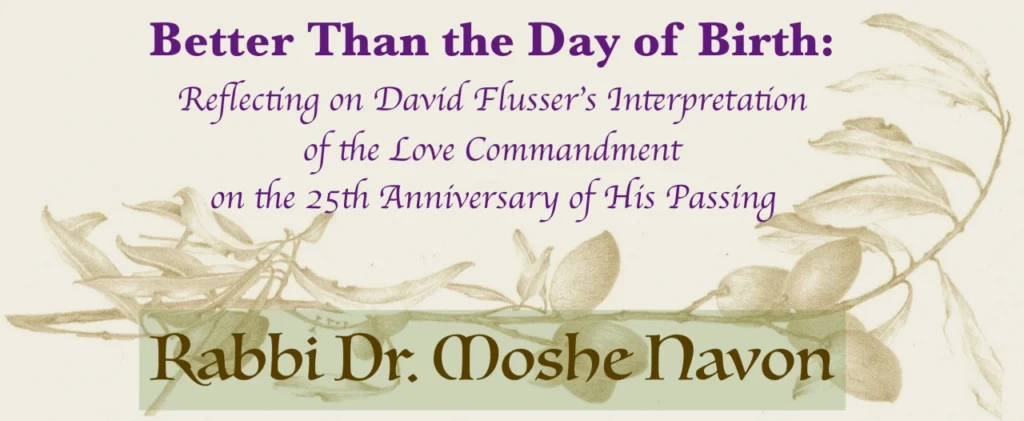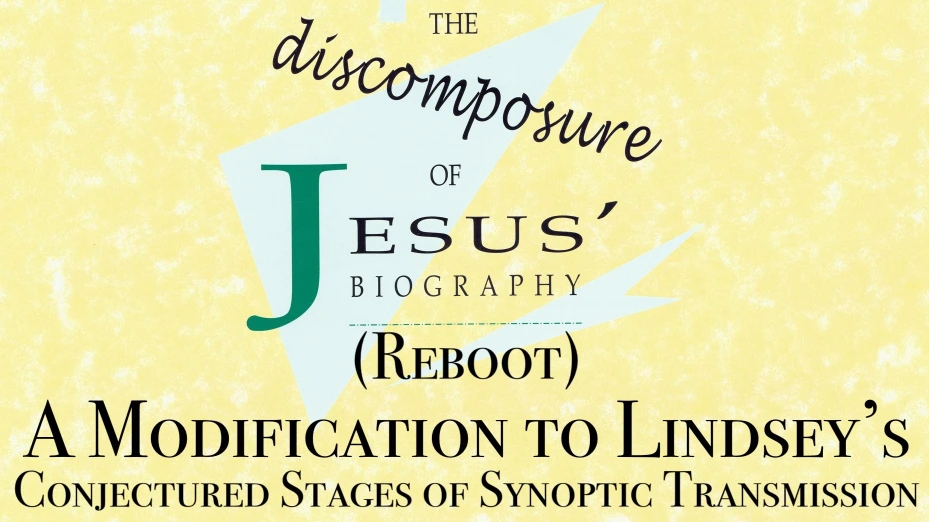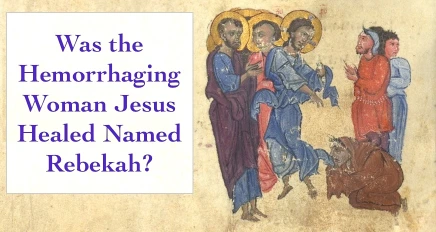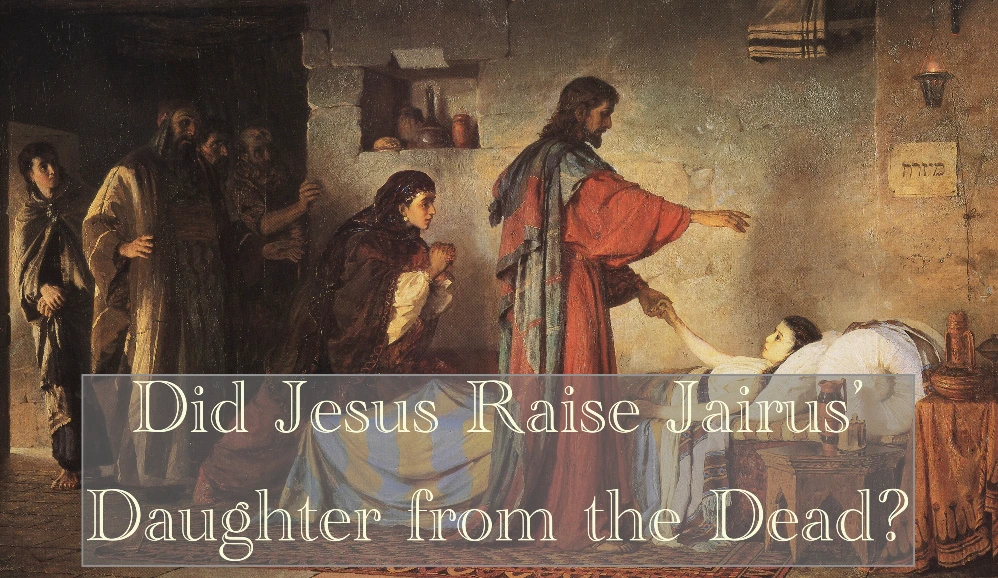Revised: 20 April 2013
The apostle Paul asserted in Romans 11:1 that God had not rejected his people. Speaking metaphorically, he went on to compare the people of Israel to a cultivated olive tree. Because of unbelief, some, but not all, of the tree’s branches had been broken off, and a wild olive branch had been grafted to the stock.[1] Paul emphasized, however, that grafting the original branches back to the stock of the cultivated tree would be a much simpler task than grafting a wild olive to it.
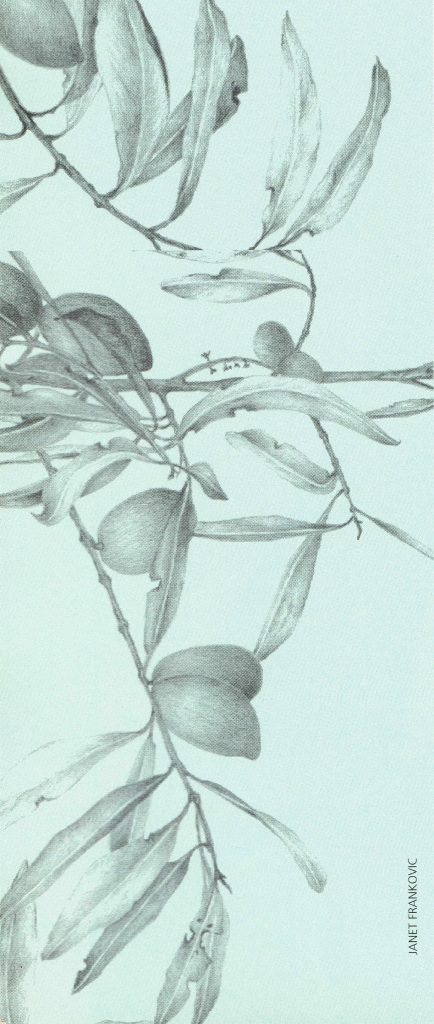
Paul spoke about Israel as a “cultivated olive tree” whose rootage was in the Patriarchs, particularly Abraham.[2] Some Bible commentators, however, interpreted the root of the olive tree as Christ or his messianic program.[3] When making that claim, they came dangerously close to endorsing an old, rotten idea: the root represents the New Israel, that is, the Church.
Once an exegete has identified the root of Paul’s metaphor with the Church, he or she cannot easily escape a subsequent and more pernicious conclusion: Israel of the flesh ceased to exist long ago. Rejecting carnal Israel, God gave her place of distinction to another. That other is the Church.
There are two reasons that the olive tree’s root has been wrongly interpreted as symbolizing the Messiah. First, the Greek word ῥίζα (ridza, root) appears in Romans 11:16. There ridza seems to parallel the Greek word ἀπαρχή (aparxe, firstfruits), which calls to mind 1 Corinthians 15:20, 23. There Paul referred to Jesus, whom he regarded as Messiah, as “the aparxe (the firstfruits) of those who have fallen asleep.”
Paid Content
Premium Members and Friends of JP must be logged in to access this content: Login
If you do not have a paid subscription, please consider registering as a Premium Member starting at $10/month (paid monthly) or only $5/month (paid annually): Register
One Time Purchase Rather Than Membership
Rather than purchasing a membership subscription, you may purchase access to this single page for $1.99 USD. To purchase access we strongly encourage users to first register for a free account with JP (Register), which will make the process of accessing your purchase much simpler. Once you have registered you may login and purchase access to this page at this link:

Check out these recent JP articles:
- Like Every Sparrow Falling: The Symbolism of Sparrows in a Saying of JesusThe multivalent image of the sparrow in ancient Jewish thought made it a useful vehicle for conveying messages about human and divine relationships.
- Better Than the Day of Birth: Reflecting on David Flusser’s Interpretation of the Love Commandment on the 25th Anniversary of His PassingI regard the twenty-fifth anniversary of David Flusser’s passing not solely as a day of loss, but also as the day that gave him to the world.
- 25 Years Since David Flusser’s PassingProfessor Serge Ruzer shares his recollections of Israeli scholar David Flusser on the twenty-fifth anniversary of his death.
- The Discomposure of Jesus’ Biography (Reboot): A Modification to Lindsey’s Conjectured Stages of Synoptic TransmissionHow did the Hebrew biography of Jesus disintegrate into the isolated pericopae that make up the Synoptic Gospels?
- Was the Hemorrhaging Woman Jesus Healed Named Rebekah?Is it possible to retrieve the name of the woman who touched Jesus’ tzitzit?
- Did Jesus Raise Jairus’ Daughter from the Dead?Should readers give more weight to the bystanders’ impressions or to the words Jesus said?
And check out these items from the JP Bookstore:
-
Jesus’ Gospel: Searching for the Core of Jesus’ Message
$12.95 Price incl. tax: $12.95 Add to cart -
A Hebrew Translation of the Gospel of Mark
$0.00 Price incl. tax: $0.00 Add to cart -
Sale!
Treasures New and Old (Matt. 13:52): Celebrating 35 Years of Jerusalem Perspective
Original price was: $24.95.$19.95Current price is: $19.95. Price incl. tax: $19.95 Add to cart -
The Kingdom of Heaven by Joseph Frankovic
$0.00 Price incl. tax: $0.00 Add to cart
- [1] “The two beautiful sprigs which God engrafted into Abraham are Ruth and Naomi [sic, Naamah], who let themselves be planted into Israel as proselytes,” Christian Maurer, referring to Rabbi Eleazar’s saying preserved in the Babylonian Talmud, Yevamot 63a (entry ῥίζα [ridza] in Theological Dictionary of the New Testament [ed. Gerhard Friedrich; trans. Geoffrey W. Bromiley; Grand Rapids, MI: Wm. B. Eerdmans, 1968], 6:987): “What is the meaning of, ‘And in you will all the families of the earth be blessed’ [Gen. 12:3]? The Holy One, Blessed Be He, said to Abraham: ‘I have two branches to engraft upon you: Ruth the Moabitess and Naamah the Ammonitess.’ ‘All the families of the earth.’ [This scriptural phrase means that] even the other families who dwell on the earth are not blessed except for Israel’s sake….” According to Joseph Shulam, the apostle Paul “uses the metaphor of ‘grafting in’ to graphically demonstrate God’s plan to bless all the nations of the world through Abraham” (A Commentary on the Jewish Roots of Romans [Baltimore, MD: Lederer, 1997], 363, 370). ↩
- [2] Maurer, TDNT, 6:989; Shulam, Romans, 363, 371-73. Rom. 11:28 helps to confirm that Paul had the Patriarchs in mind. ↩
- [3] E.g., in ancient times, the church fathers; in this century, Karl Barth: Die Kirchliche Dogmatik, vol. 2: Die Lehre von Gott, part 2 (1942), 314 (English trans.: Church Dogmatics [Edinburgh: T. & T. Clark, 1957], 285f.). ↩

